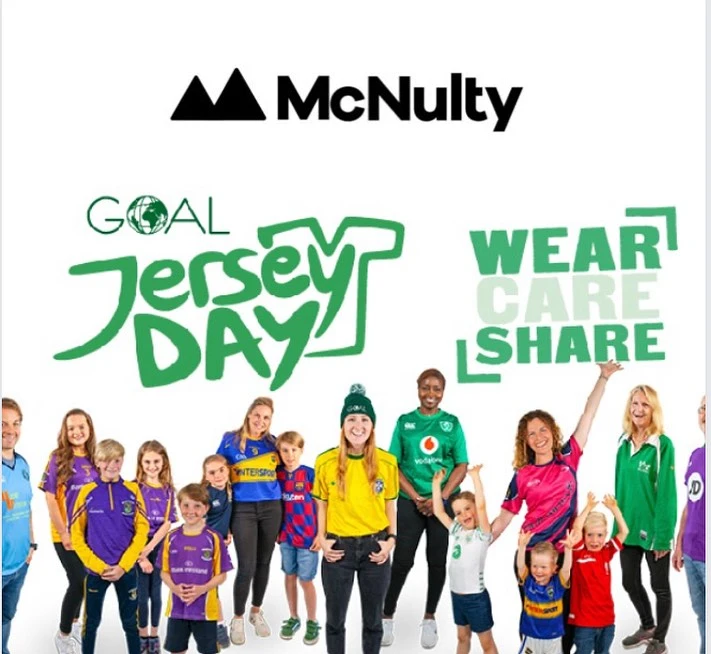As the new year rolls in and resolutions and goals for 2022 have been set, it’s really important we understand how to keep these going long after the novelty of the new year motivation wears off. The key: transforming these actions from desired behaviours into automatic and sustainable long-term habits. We take a look at the make up of a habit, how to leverage this system to enhance your chances of success and a number of key tools from the neuroscience and psychology literature you can implement to help you build strong habits and hit your goals in 2022.
2022 gets off to a flying start (hard to believe it’s the second week of January already!), it’s important to recognise the new year brings with it new challenges and goals. Maybe you have a whole list of resolutions set, or maybe you have yet to decide on a single goal: both are perfectly fine. The new year rolling in gives us a great opportunity for a fresh start, to think about our goals, what we want to achieve and how we want 2022 to look for us. Whatever these goals and resolutions might be, how do we make sure we keep them up after the novelty of new year motivation wears off? The key is turning our new planned behaviours into sustainable, long term habits.
Habits, put simply, are learned and repeated behaviours we tend to do without much thought or effort. Wouldn’t it be amazing if those 6am gym sessions you swore you would start in January were without much thought and effort? Don’t panic, they can be. By learning how to leverage tools from the fields of neuroscience and psychology, you can use your brain to help transform your desired behaviours into routine habits.
While today, World Health Day, is a welcome reminder for all of us – employees and management alike, to look after our physical and mental health in the workplace. Any attempt to grapple the adverse health effects caused by a disproportionate amount of time engaging in sedentary behaviour should be on the forefront of all of our minds as we return to the humdrum of office life. As listed above, the promotion of the aforementioned strategies to reduce sedentary behaviour in the workplace offers a practical solution to what is a stark threat to global health.
On a final note, while a reduction in sedentary behaviour does not represent a cure-all for the adverse health difficulties experienced by workers, it presents an opportunity for employers to champion the health and wellbeing of their employees – creating meaningful change in the process.
According to Clear, a habit expert and author of bestselling Atomic Habits, there are the four key aspects in turning a behaviour into a habit.

Step 1: Make it Obvious.
Step 2: Make it attractive.
Step 3: Make it Easy.
Step 4: Make it Rewarding.
Choose the stairs over the lift whenever you can. This extra bit of physical activity will break up your sedentary day while helping you stay fit and healthy. You should even challenge others in your workplace to do the same.
Employers can encourage taking the stairs amongst their staff by rewarding those who do. Consider making it a competition between employees, departments, or building floors. Who took the stairs the most in one month? Or how many days in a row? There’s nothing wrong with some ‘healthy competition’ around the office!
Procedural Visualisation Exercise
Many of us will be familiar with the idea of visualisation from sport: who else remembers being told to visualise scoring a goal the night before an important game? Interestingly, the neuroscientific literature points to a certain form of visualisation as an extremely effective tool to enhance habit formation. As behaviours are repeated, the procedural memory is changed and updated. Procedural memory is a certain type of memory used for storing and remembering specific sequences of steps. Leveraging this learning system to enhance habit formation is extremely simple: thinking about the sequence of steps required to complete a behaviour and then visualising this ‘recipe’ can not only dramatically increase the likelihood of doing that behaviour, but reduce the amount of friction and resistance and, as a result, the amount of motivation required to perform the action. Best of all, this increase in likelihood of doing the behaviour was found to extend to not only performing this action once, but repeatedly over time after doing the visualisation exercise only once.
Let’s say you want to start running in 2022, using this visualisation technique you would recite the entire sequence of steps from start to finish in your mind like, “I will put my shoes on, I will tie my laces, I will stretch my right calf, then my left calf, then I will walk to my front door…”, you get the idea. By visualising through the recipe for your desired habit, you can help build your actions into sustainable habits.
Goal-based vs Identity-based Approach
Match the ‘What’ with the ‘When’
A trap many people fall into is the concept of strictly and rigidly planning habits. “I will work out at 9:00”, “at 10:00 I will do the dishes”, “at 10:30 I must walk the dog”, and so on, you get the idea. While this strict time-based behaviour system might work for some in the short term, in the longer term it is counter-productive for building habitual behaviours. The perfectionist and rule-oriented aspect of our brains makes this rigid approach a minefield for building routines; anyone who has had a “one bite of a cake and scrapped the diet until Monday” experience will know what I mean. Plus, our brains don’t generate behaviours based on time, but rather on our state. By understanding our natural body states, we can know when to do certain behaviours to increase the likelihood of success. For example, in the period from getting up to 8 hours after waking, our bodies are in a state in which we are primed for action. Pumped with elevated levels of Norepinephrine and Dopamine, our brains and bodies are action and focus oriented. During this window we are equipped with the ammunition to take on the most difficult behaviours or actions needing the most motivation; schedule habits you find most difficult to motivate yourself for in this window.
The second phase of the day, between 9 and 14 hours after waking, our neurotransmitters shift again. This time, the levels of dopamine and norepinephrine start to drop off, replaced with elevated levels of serotonin leading to a much more mellow and relaxed neural state. Our ability to overcome resistance is diminished, and our natural alertness and focus has dropped. In this window, the best habits to prioritise are the ones that match this state and require less mental effort or motivation to perform. Think habits we may already have but want to make more consistent, or maybe new behaviours that engage in a similar mellow and relaxed theme, such as walks, reading, meditation or stretching.
So, rather than scheduling behaviours to a specific time, schedule your habits to during the right window to leverage your brain state to massively enhance the likelihood of success.
Habit Stacking
The Protocol
So whether you have a long list of new year’s resolutions or just some small changes you want to make for 2022, turning actions into long term habits will help you achieve your goals this year. Begin by understanding the four aspects of what makes a habit and leveraging this system by Making it Obvious, Making it Attractive, Making it Easy and Making it Rewarding. Recite the ‘recipe’ of the action in a procedural visualisation exercise – simply doing this once or twice can have long lasting effects. Twist your habit from being based on a goal to being a part of your identity. Match your habits to the appropriate window based on your brain and body states as opposed to rigid time scheduling. Finally, stack your habits to hijack already built routines to boost your chances of success.
Whatever your goals are this 2022, build sustainable habits to help fuel your success for this year!





